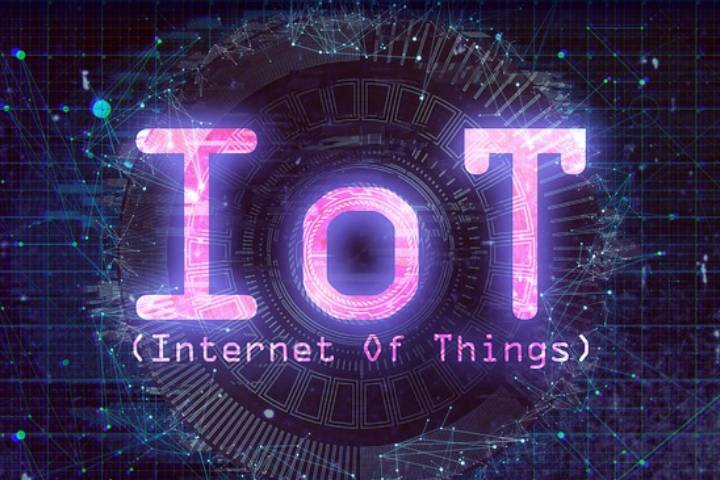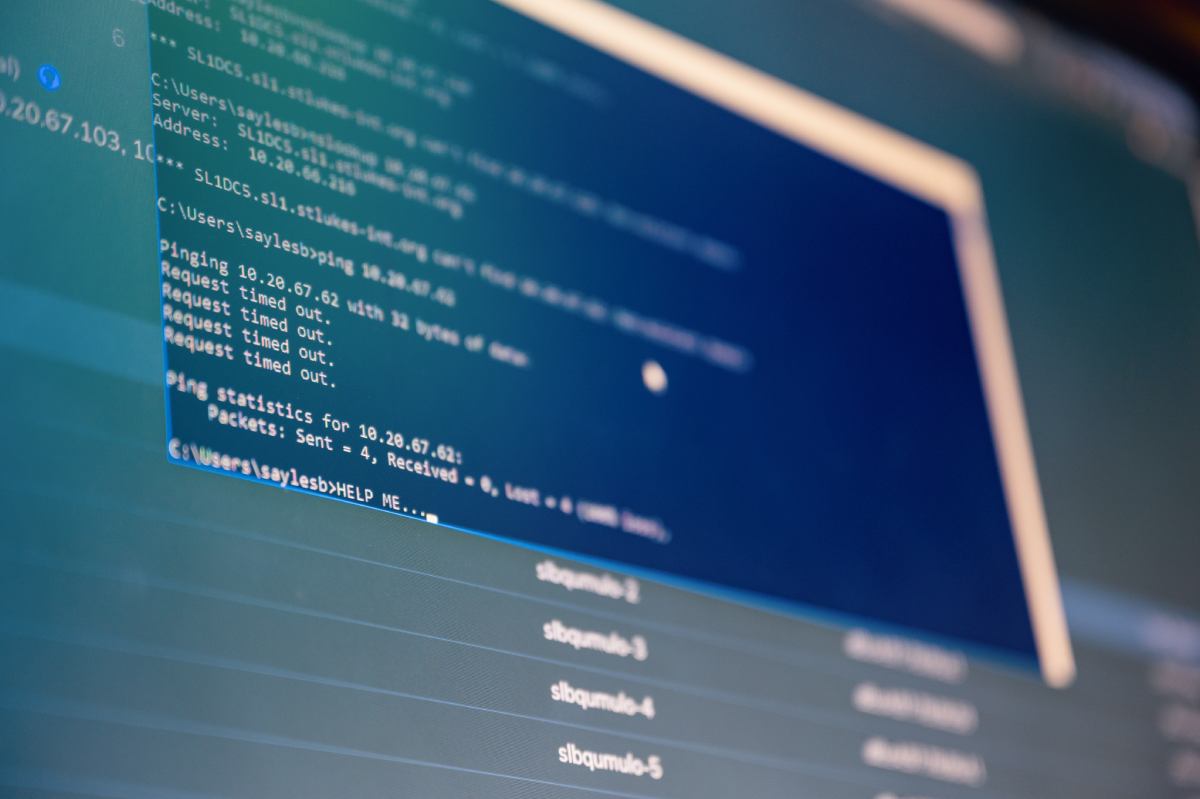The internet of things, or IoT, refers to artifacts that connect to the internet and allow tasks to be carried out remotely. Although it may seem like a new concept, this idea has been part of our daily lives for more than three decades.
Technology and its advances always seek to improve people’s lives or solve current problems, and the Internet of Things is no exception. Through this system, you can better control different devices, which makes life easier today.
A Network Of Objects
A simple way to understand the internet of things is to connect physical objects to the internet. These objects generally have specialized hardware that allows them to perform a certain task and have an active connection to the internet to be managed and monitored remotely.
By connecting to the internet, each object receives a specific IP network to be controlled. This system aims to make the use and monitoring of these objects more efficient and requires less effort.
Internet Of Things Applications
Although we increasingly see advances in integrating technology into our homes, the Internet of Things is still not considered part of the mass market objects we use in our day-to-day lives.
However, home assistants such as Amazon’s “Alexa” or “Google Home” show that companies want to introduce this system into everyday life. Through these devices, lighting, temperature and entertainment can be controlled inside the house, integrating the internet of things into the management of the home in a more technological way.
In industries, the internet of things is very present in machinery and control elements, allowing a better operation and monitoring of each device through an interconnected network between them.
It can be found within manufacturing machinery, sensors, and robots in mass production, centralizing factory control through this network. It is also used to monitor patients’ health in clinics and hospitals, offering greater efficiency and privacy for people.
On the other hand, it is used in instances of government control, in elements of urban infrastructure such as traffic lights, bridges, and cameras, among others. The internet of things allows better functioning of the city by the possibility of changing and controlling the different elements as needed.
In addition, we can find this system in environmental control through sensors that indicate temperature, climate, and even anti-seismic sensors. This type of artifact aims to anticipate any meteorological change monitored by the internet of things.
And What Will Happen In The Future?
Changes in current technology and the introduction of more and more virtual assistants that can help us with any daily task denote the desire to integrate the internet of things into more aspects of the personal life of each individual.
While technology helps us, connects, and solves problems, many still fear the invasion of privacy because they are present in work, leisure, and family environments. Despite this, the convenience that the Internet of Things provides in managing and controlling different objects through the same network and how it can help us perform different daily tasks more efficiently cannot be denied.
Also Read: ICT In The Workplace




